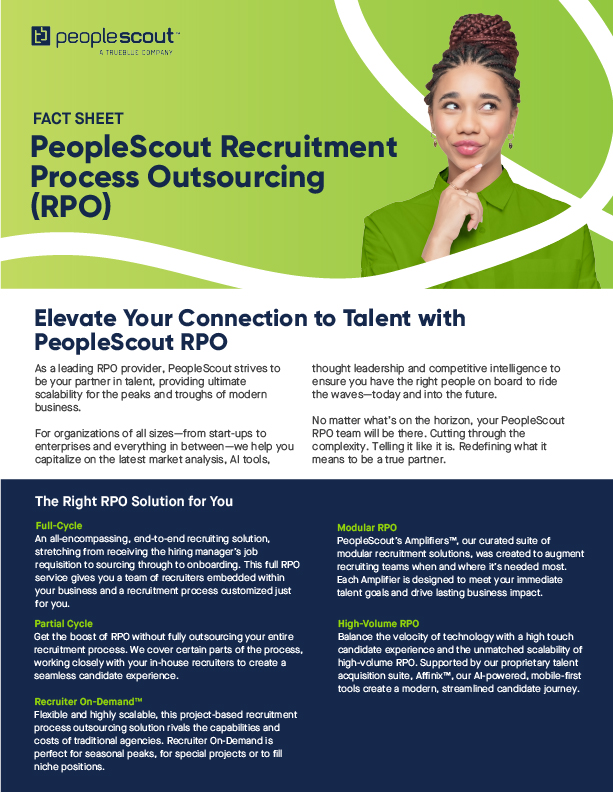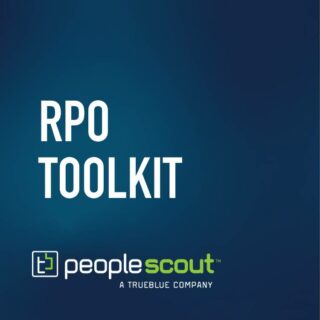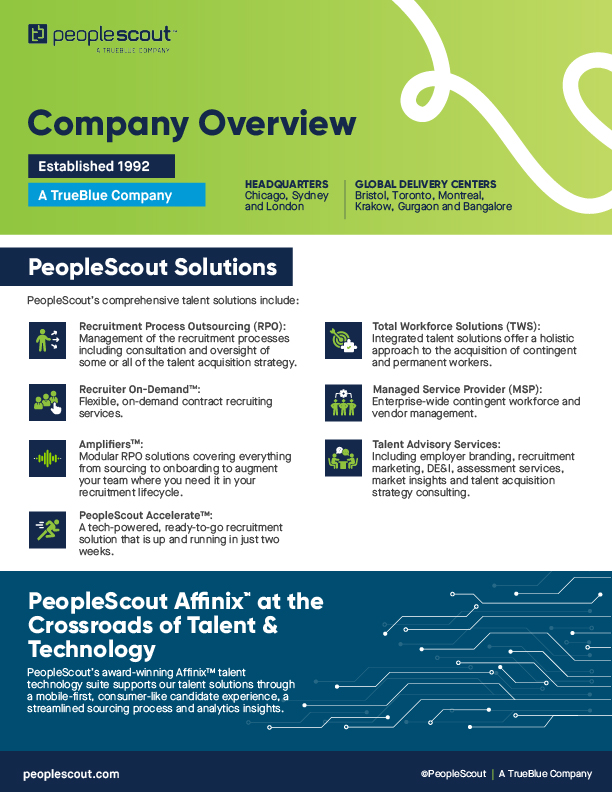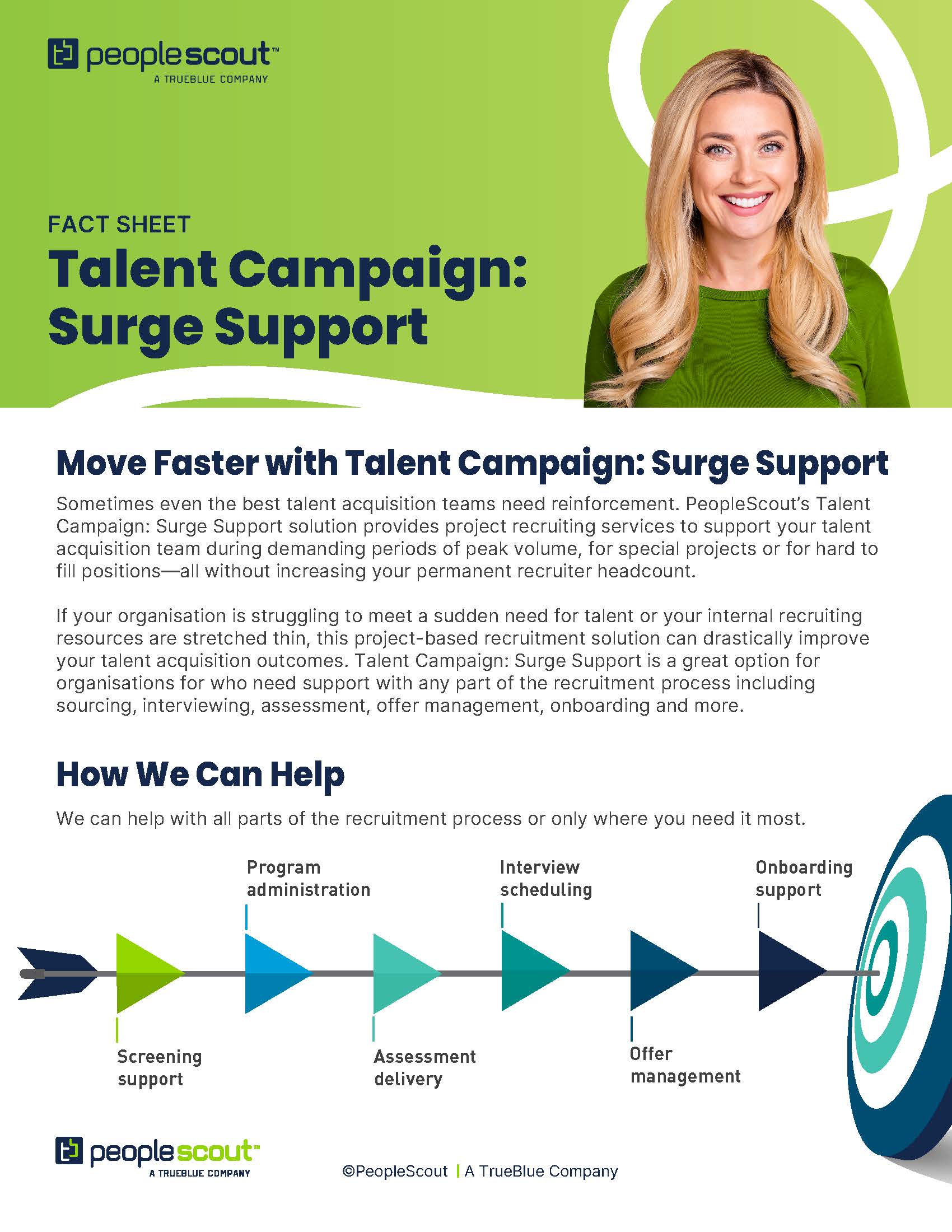By Patti Woods, Sr. Implementation Training Manager, & Chad Getchell, Director of Technical Solutions Architecture & Tech Implementation
Ready or not, AI is coming for the recruiting world. A whopping 81% of HR leaders are already exploring or implementing AI in their processes according to Gartner. That’s a lot of companies jumping on the train with AI for recruiting. And there’s a good reason for it—AI has the potential to make your talent acquisition team’s jobs easier by taking those mundane, repetitive tasks off their plate.
However, not everyone is as excited. We hear from many clients who are overwhelmed with the combination of how powerful these tools are and the ethical and legal considerations that they need to keep in mind while still getting the benefits.
Are you ready to jump on the AI train? Or are you still feeling unsure? Don’t worry, we’re here to cut through the hype and talk about the practicalities of implementing AI in recruiting.
AI for Recruiting: What it Is and What it Isn’t
Artificial intelligence (AI) is technology that can perform tasks that would otherwise require human intelligence. AI can “learn” complex tasks without being explicitly programmed to do them. AI includes the sub-fields of machine learning, speech and natural language processing and robotic process automation.
👀 Watch the Webinar On-Demand: AI in Recruiting: Hype, Ethics & Best Practices
However, most definitions of AI don’t include the words “ethical” and “responsible.” Because AI lacks emotions, morals, empathy, compassion, historical context and more—things humans are great at. So, for anyone who is concerned about AI taking over their jobs—while we can’t guarantee this won’t happen someday—we want to remind you that humans have an important role to play, acting as the ethical and responsible parties making decisions throughout the recruitment process.
Some other limitations of AI include:
- Biased Algorithms: If AI models are trained on biased or incomplete data sets, they can unintentionally perpetuate inequality. It’s important to keep an eye on the outcomes of AI-enabled résumé or CV sifting or sourcing to ensure there’s no bias present.
- Lack of Accuracy: Generative AI (GAI) tools, like ChatGPT, are prone to making up statistics and sources—known as hallucinating. Human review is crucial when leveraging GAI tools for creating content and communications.
- Data Privacy Issues: Collecting and analyzing extensive candidate information required by AI systems can raise concerns around consent, data protection and ethical usage. Work with your legal and compliance teams to ensure you’re in line with the legal and regulatory requirements in all the areas where you’re hiring.
- Disproportionate Impact: Certain demographic groups face higher exposure to the potential harms of AI in recruitment. This can happen because lower income communities often lack access to digital tools which can create an adverse impact during the recruitment process when technology is in place. Analyzing recruitment data, like application and pass rates, will help to identify if any groups or individuals have been adversely impacted.
AI + Humans: The Recruitment Dream Team
Having humans as reviewers and approvers following AI-enabled stages of the recruitment process will mitigate risks that come from these limitations. In fact, AI should not be making decisions on behalf of a recruiter. While AI is great at repetitive tasks, it lacks that special something that only humans possess—context, empathy, ethics and good ol’ common sense. Your recruiters must use their moral compass to make sure the interests of candidates and your company are protected. It’s a critical role, no matter where AI is being used in the process.
AI is just another tool in your belt, but it has the power to elevate the recruiter’s role. It’s about using AI to maximize efficiency, so they can really focus on the human touchpoints that are crucial to the candidate experience. It also lets recruiters spend more time focusing on the parts of the job that are more relational, impactful and enjoyable, making them happier in their roles.
Job satisfaction goes up. Turnover goes down. You get the best of both worlds—the efficiency and computational power of AI that empowers better relationship-building, trust-earning and ethical-hiring. They’re a perfect pair!
Collaboration is Crucial
If you’re feeling intimidated by launching a new AI tool, remember you don’t have to go it alone—and shouldn’t. Your friends in legal, compliance and IT can ensure you’re staying on the straight and narrow. With legal covering your back, compliance double checking everything, IT implementing the solutions, and your recruiting team actually putting it all into practice, teamwork is essential for AI to work.
Consulting with your legal team and external partners is a critical move to ensure you’re being appropriately transparent without overwhelming candidates. They’ll help you navigate those tricky ethical waters and put guardrails in place to make sure you’re compliant with relevant laws and regulations.
Getting Started with AI for Recruiting
If there’s one thing that we want to make sure is crystal clear about our perspective, it is that you can’t take a blanket approach to implementing an AI-based solution. This is why being slow to adoption is totally okay. So, if you feel like you’re jumping in late, you are not. There’s a lot on the line and adoption needs to be carefully vetted, tested and communicated before you go for it.
The key to adopting AI is taking it slow, testing the waters with a pilot and controlled rollout. A great way to begin could be using AI for sourcing support, reviewing that first round of résumés or CVs, or even drafting template communications for your team. Easy wins like this let you get a feel for how AI can simplify your processes without adding too much risk.
While every project is different, when helping clients, we follow this basic five step process for implementing an AI tool:
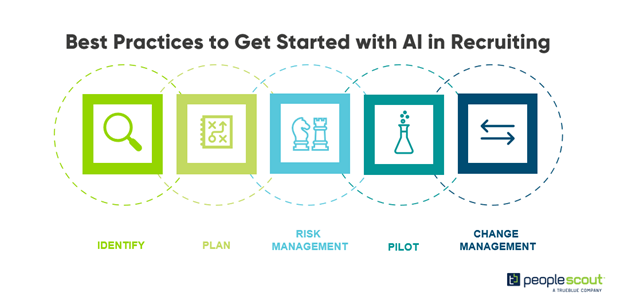
- Identify: Identify the business problem you want to solve or the business practices you want to improve with AI. It could be speeding up the first-round review of résumés or applications. It could be drafting communication templates for a team to use. It’s also imperative at this stage to define what a successful outcome looks like.
- Plan: Research available AI tools that can solve your business problem and plan the journey to get started. This should include what metrics you will use to measure success. It’s important at this stage to include representatives from across the business from teams like HR, talent acquisition, IT, legal, compliance, department heads or hiring managers, etc.
- Manage Risks: Evaluate the risks that may pop up for all applicable groups and create a plan to address them directly.
- Pilot: Start with a small pilot user group and timeline. This might be a particular job family or location. How long do you want the pilot to last? What are the expected results? What threshold must be met for you to say, “OK, the pilot went well. Let’s expand.”? Address issues and iterate as you go until all your stakeholders are comfortable with moving forward.
- Manage Change: Here is where you plan to scale your new AI tool and process to more parts of your recruitment program. Develop training materials on how to use the AI tool, the new process and expectations so everyone understands their role—whether they’re a recruiter, hiring manager, IT support or beyond. It’s about putting in place intentional, consistent accountability.
It doesn’t end there. There really isn’t a finish line with AI, or any other technology for that matter. Make sure that you are evaluating on an ongoing basis and measuring progress. It’s an ongoing exercise to ensure you’re finding risks, mitigating them and maximizing the value of your investment.
An RPO Partner Can Help You Navigate AI for Recruiting
As a recruitment process outsourcing (RPO) partner and trusted talent advisor to our clients, we help companies implement AI-enhanced hiring with less disruption and a faster return on investment. PeopleScout has experience implementing recruitment tech like AI software, advising on the best options for your needs, integration requirements, data needs, ethical usage, and workflow design. We do our due diligence with every client to make sure that we’re looking for the right way to embrace any technology, including AI, so that it benefits them based on their unique needs.
If you’re interested in RPO, look for a partner that is moving at your speed when it comes to AI in recruiting. AI solutions are meant to augment—not replace—human decisions in recruitment. Cultivating ethical and responsible usage of AI for recruiting is key when it comes to delivering real impact on talent acquisition.
The information provided in this article does not, and is not intended to, constitute legal or other professional advice; instead, all information, content, and materials available in this article are for general information purposes only. Readers of this article should contact their attorney or legal advisor to obtain advice with respect to any particular legal matter. No reader of this article should act or refrain from acting on the basis of information in this article without first seeking legal advice from counsel in the relevant jurisdiction. All liability with respect to actions taken or not taken based on the contents of this article are expressly disclaimed by PeopleScout, Inc.. The content in this article is provided “as-is”, and no representations are made by PeopleScout that the content is error-free.


